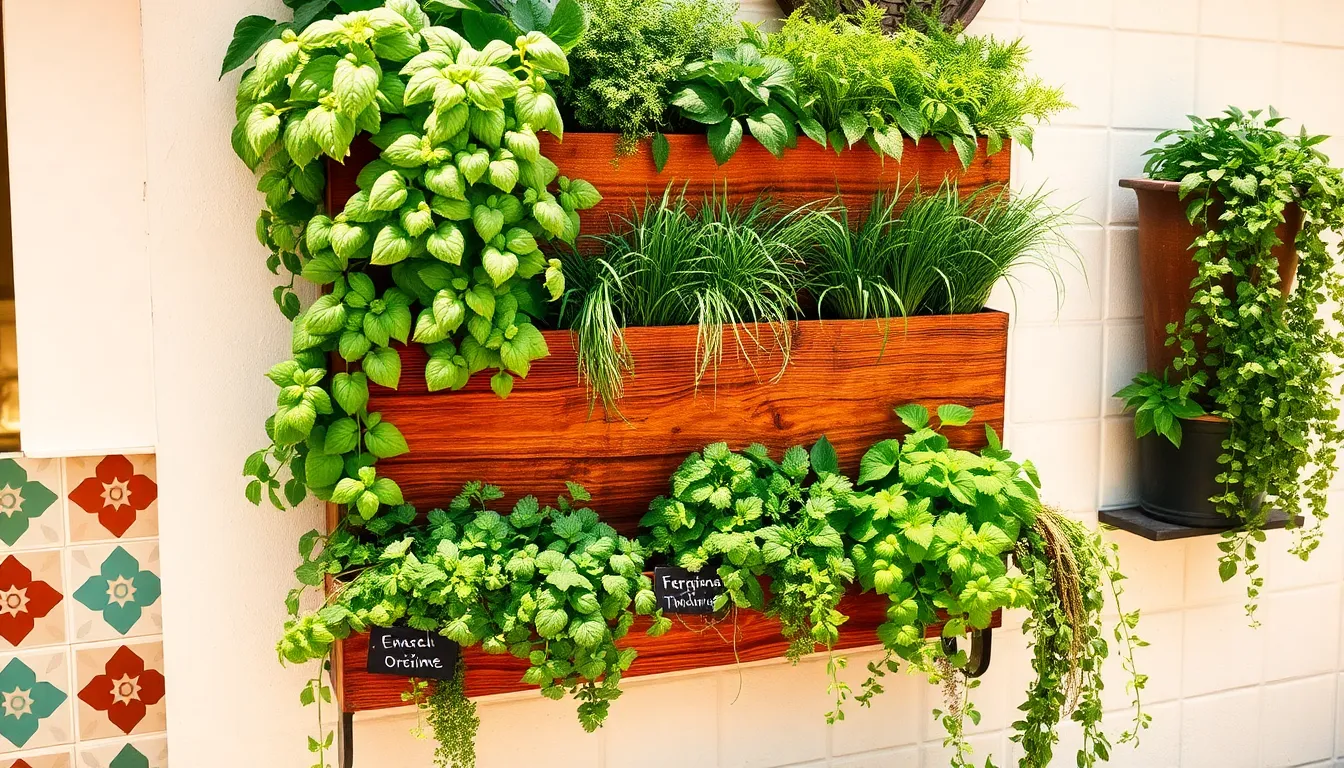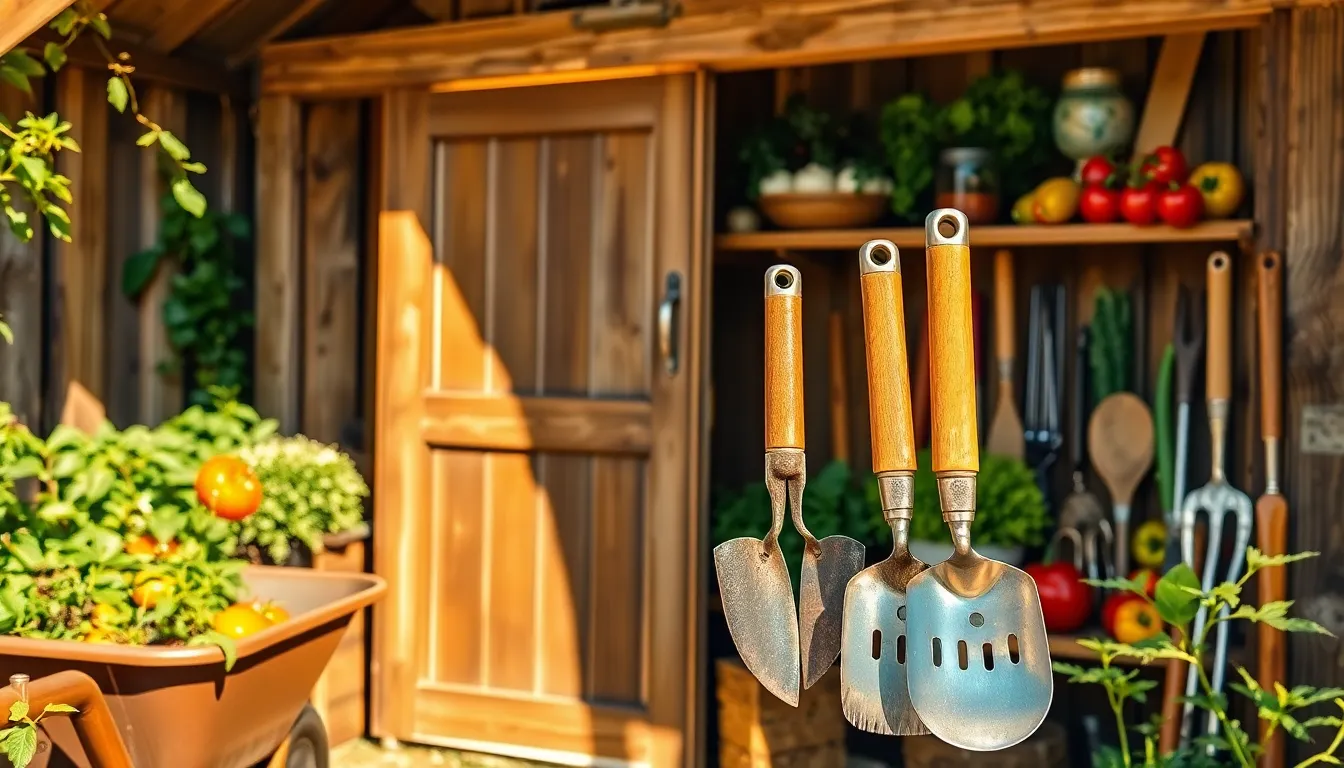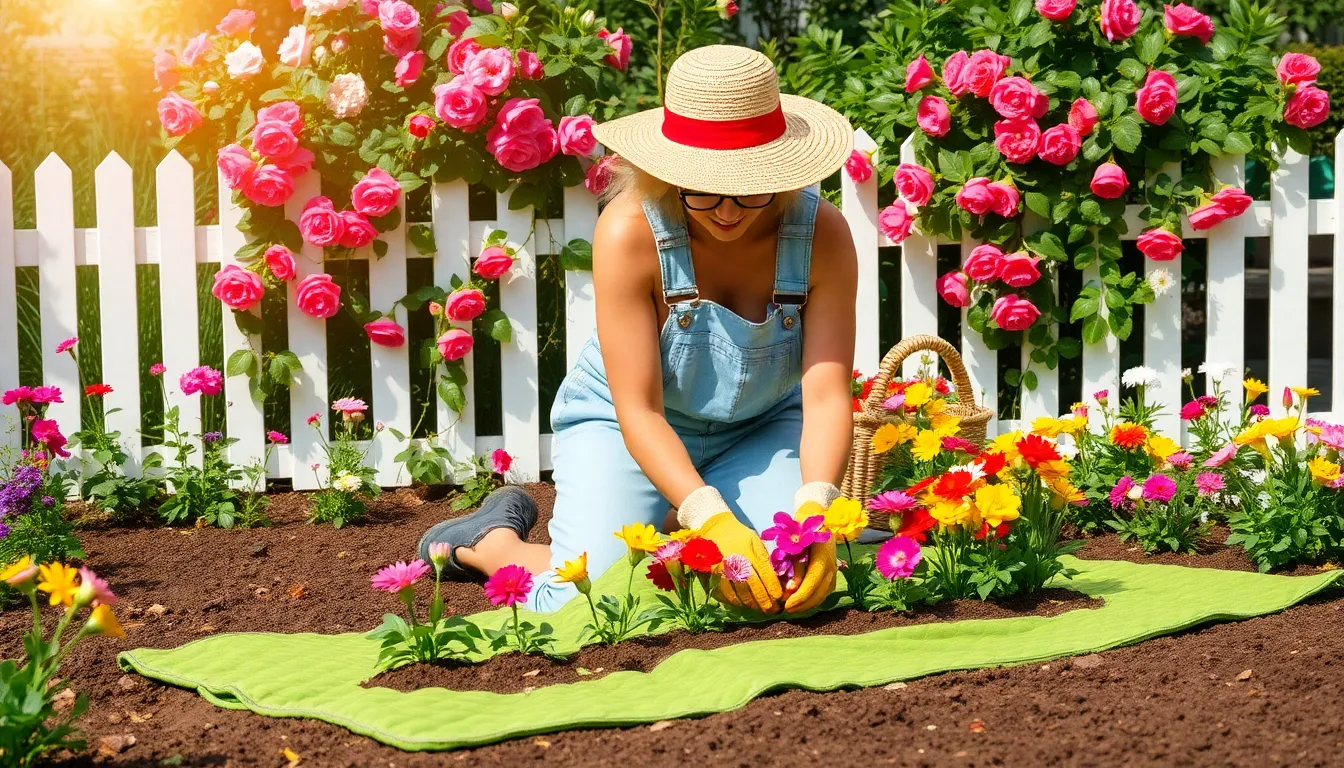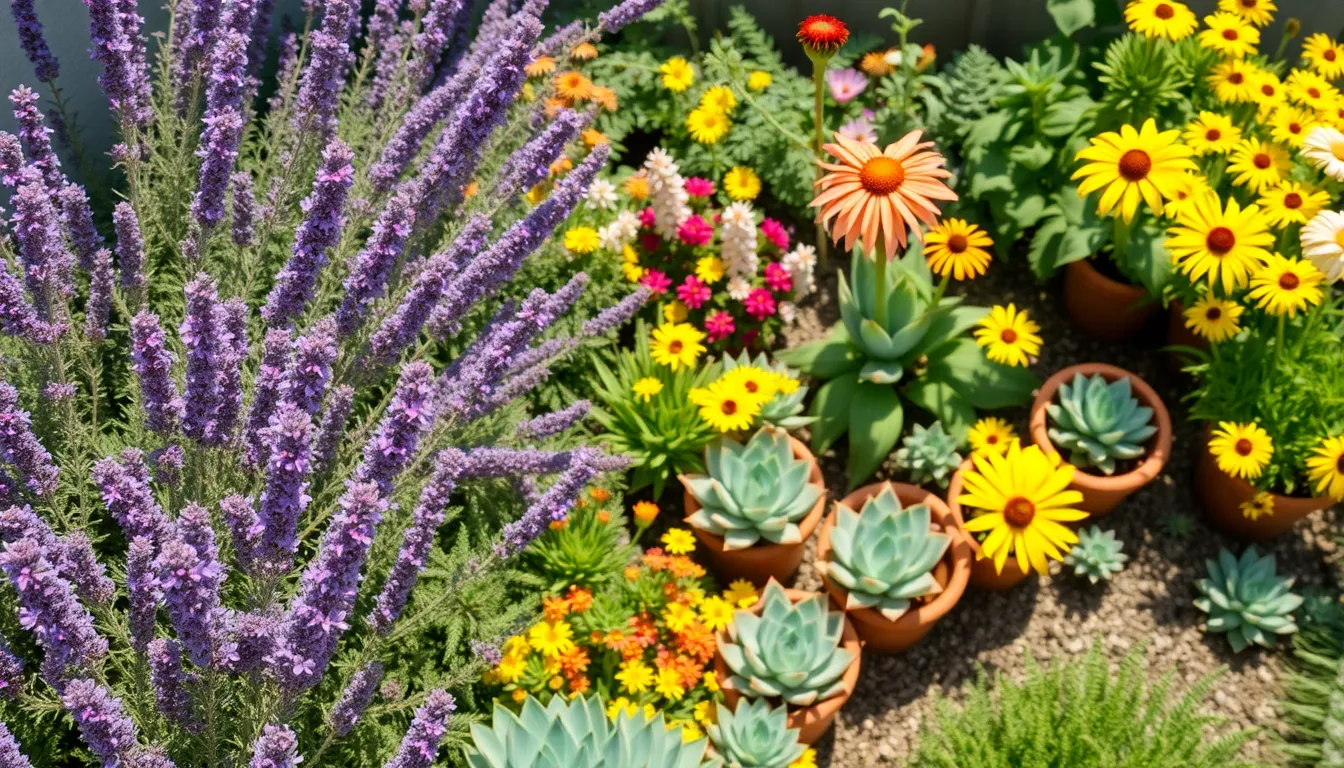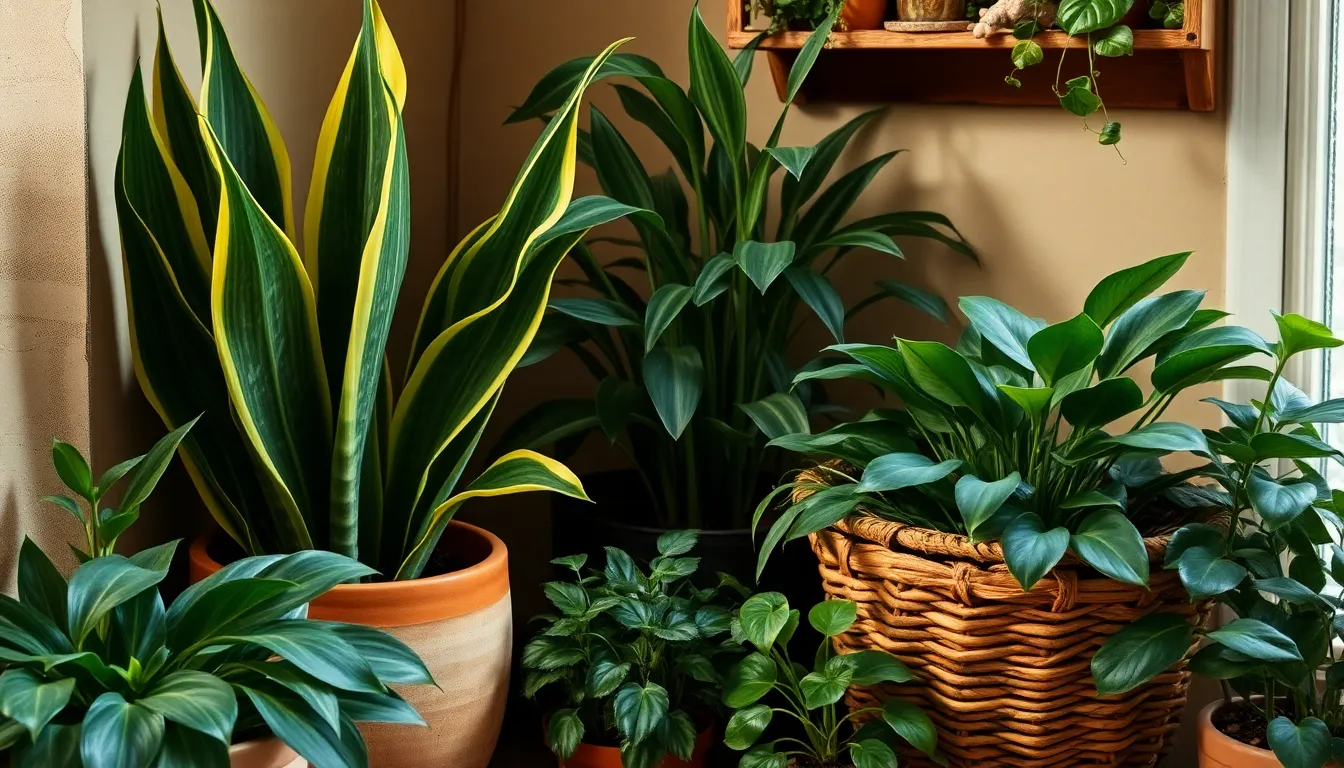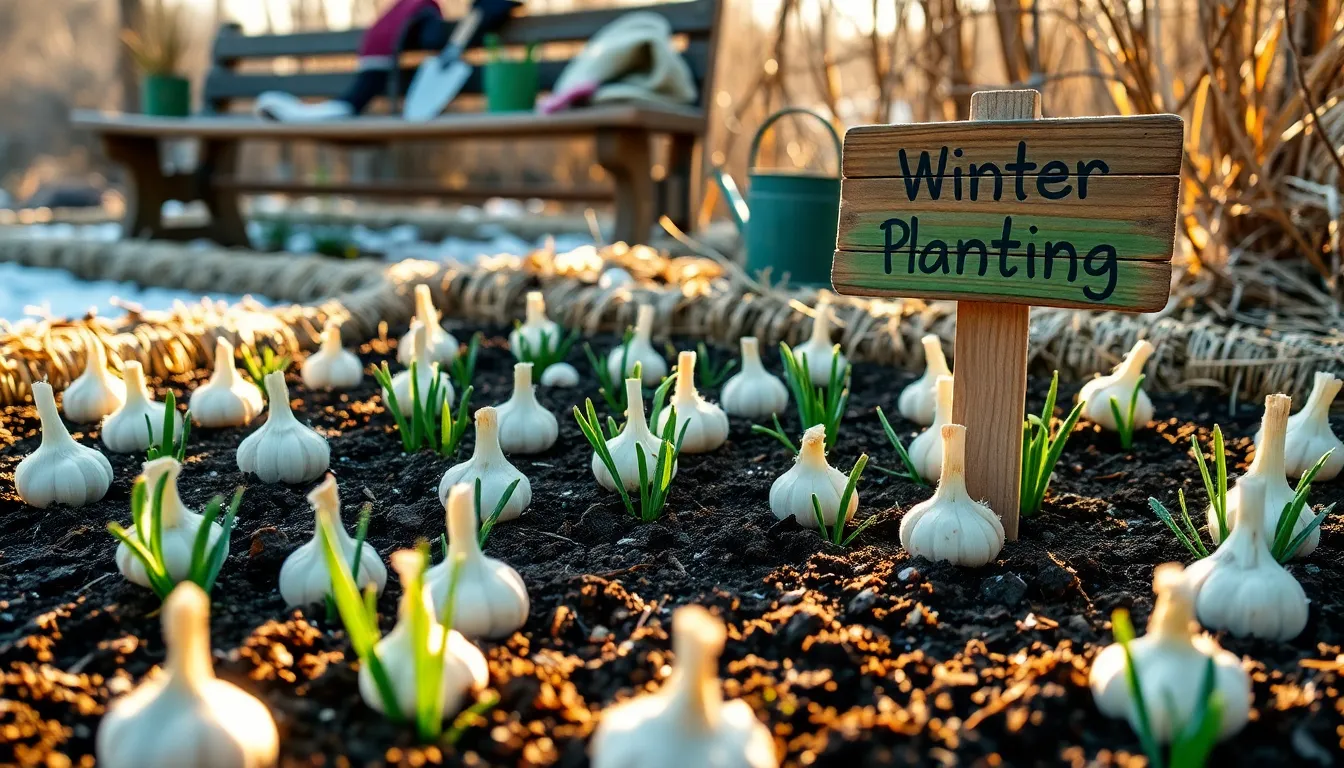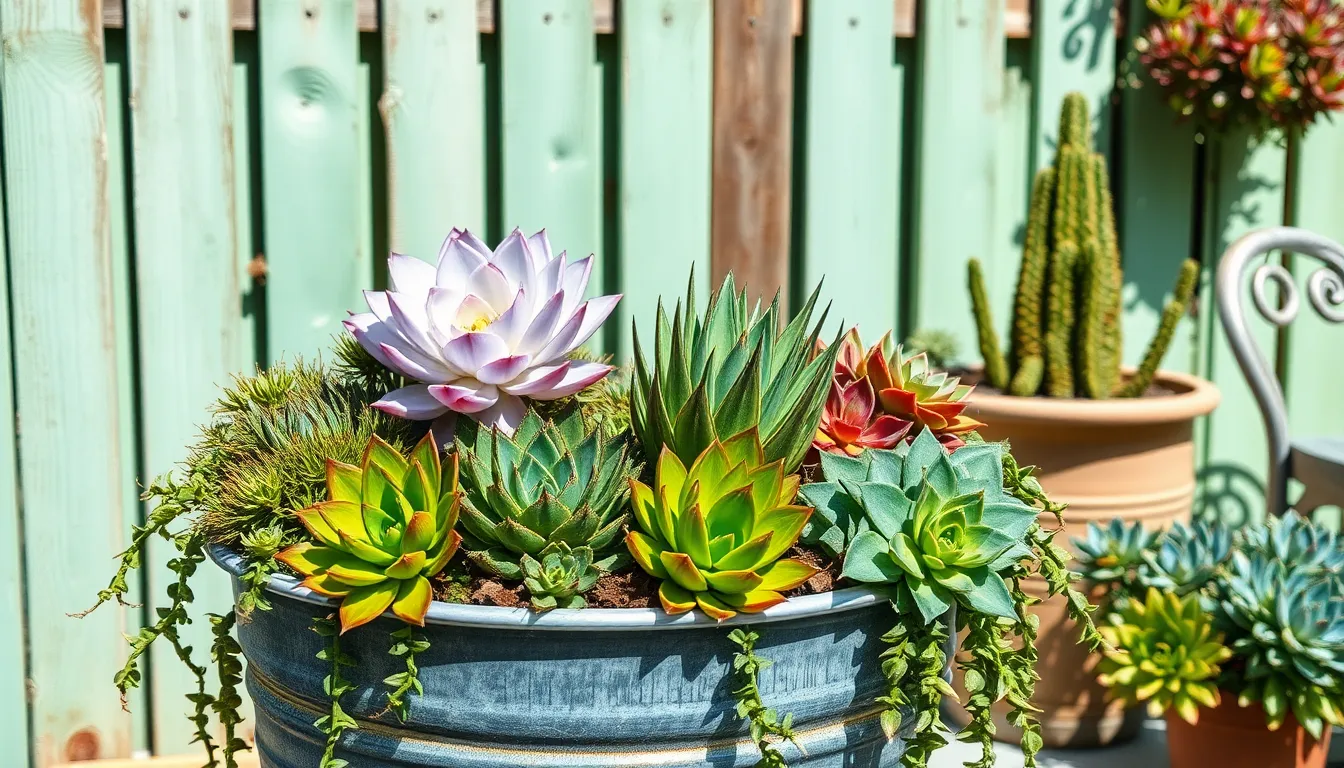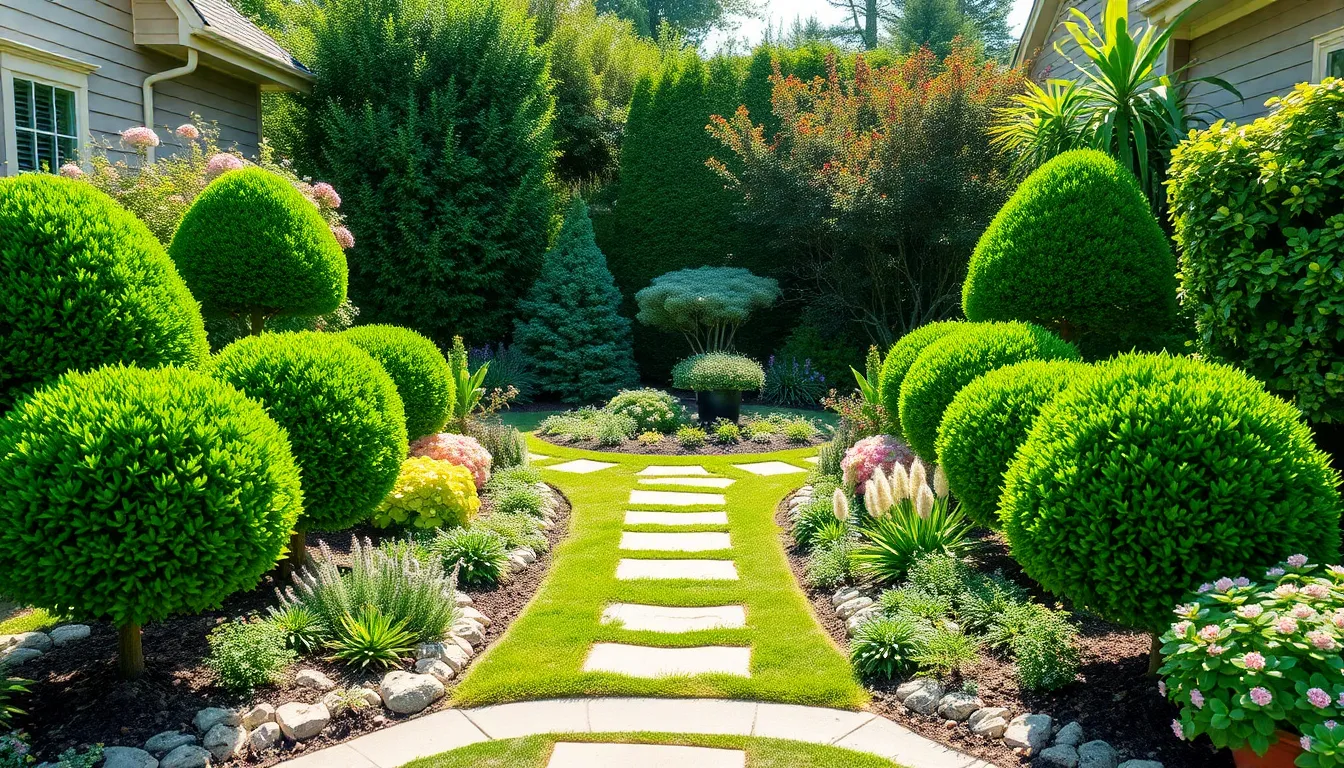How to Start a Vertical Herb Garden
Imagine stepping into your kitchen and plucking fresh basil or thyme right off the wall—it’s not just a dream, but an achievable reality with a vertical herb garden. Whether you’re a novice green thumb or a seasoned horticulturist, creating a lush, aromatic tapestry of herbs in a vertical setup can transform your living space into … Read more

